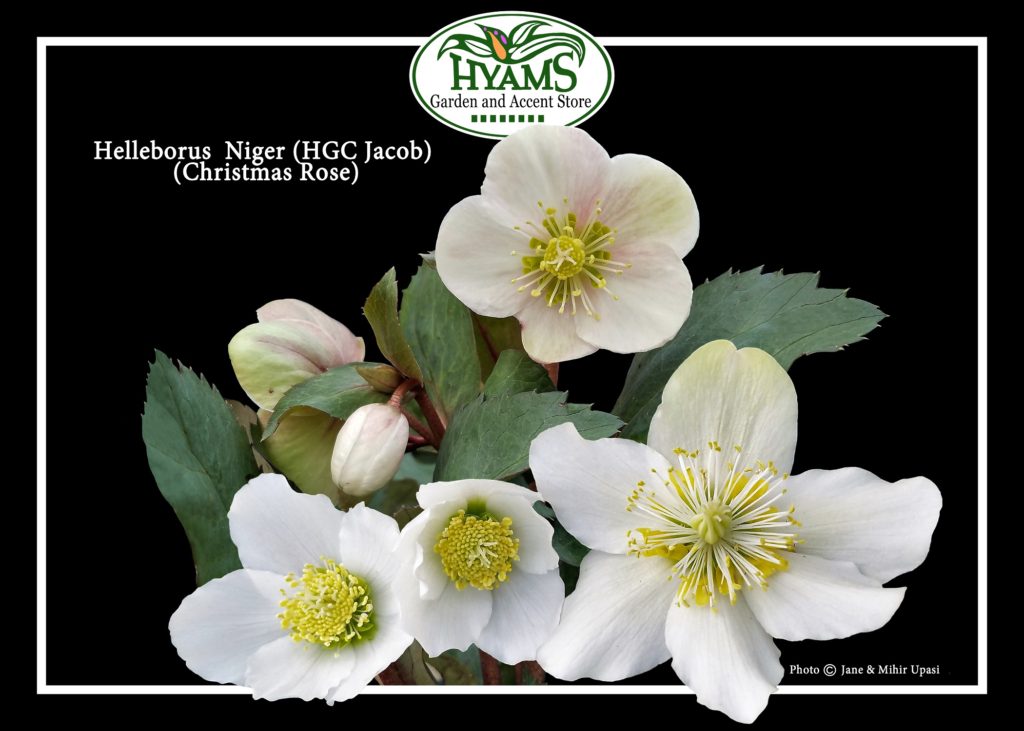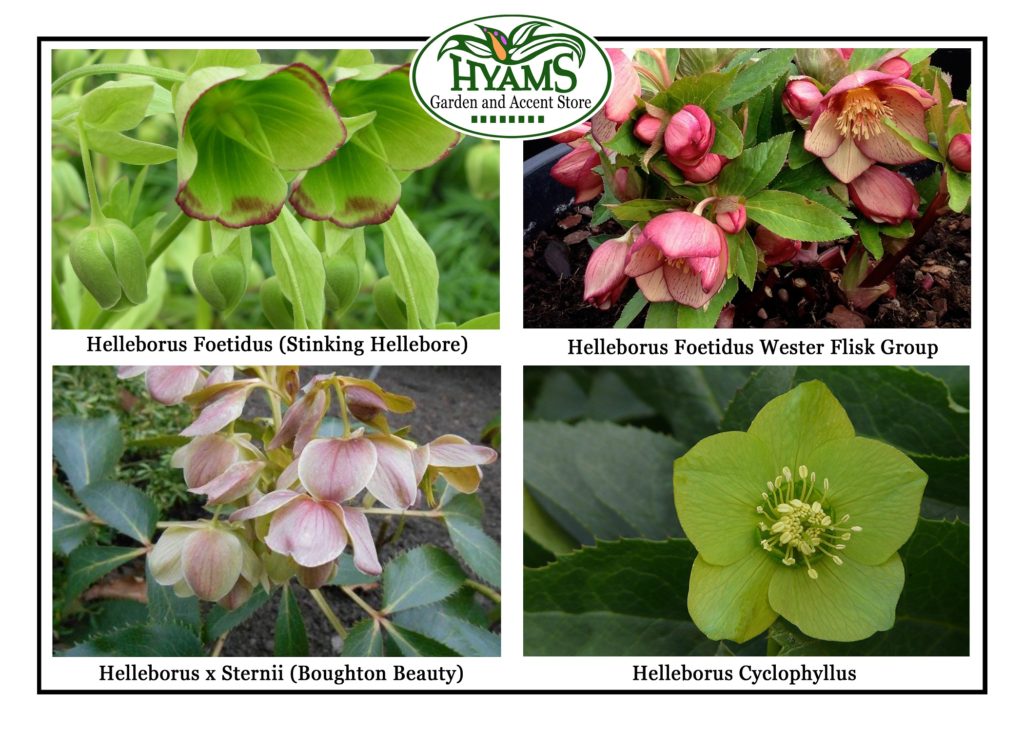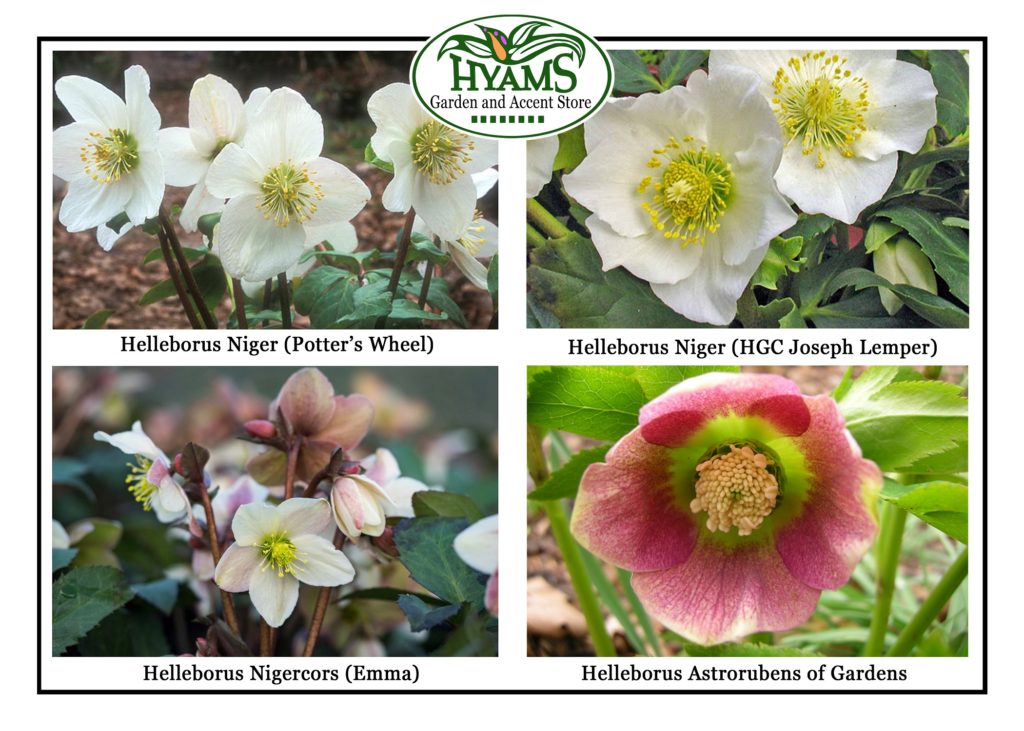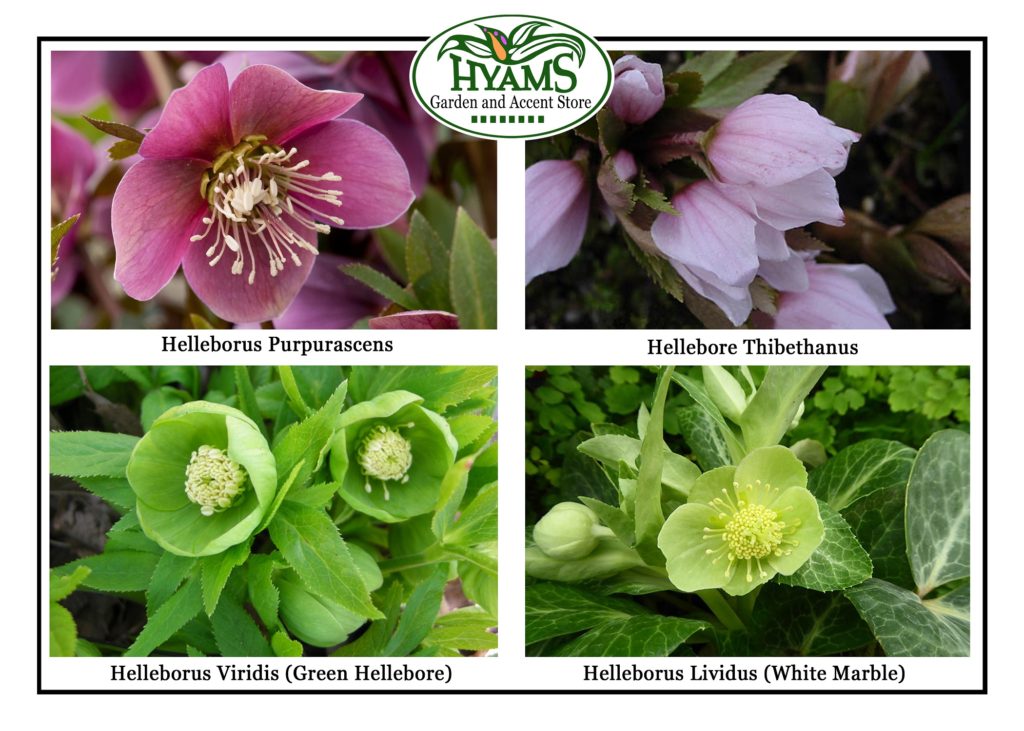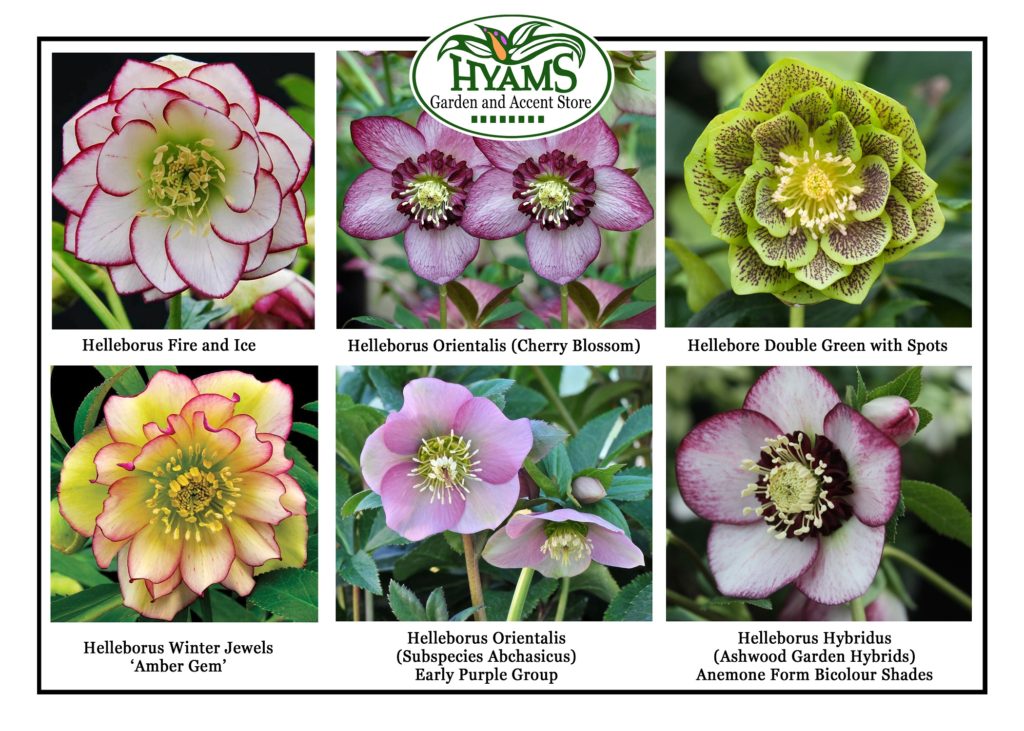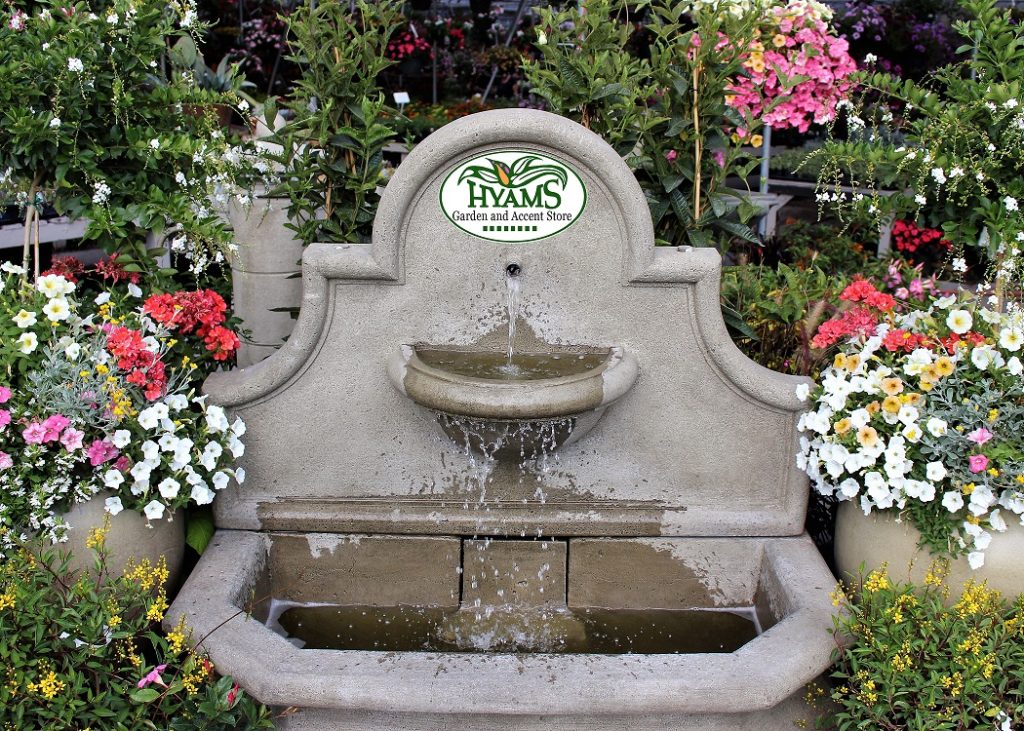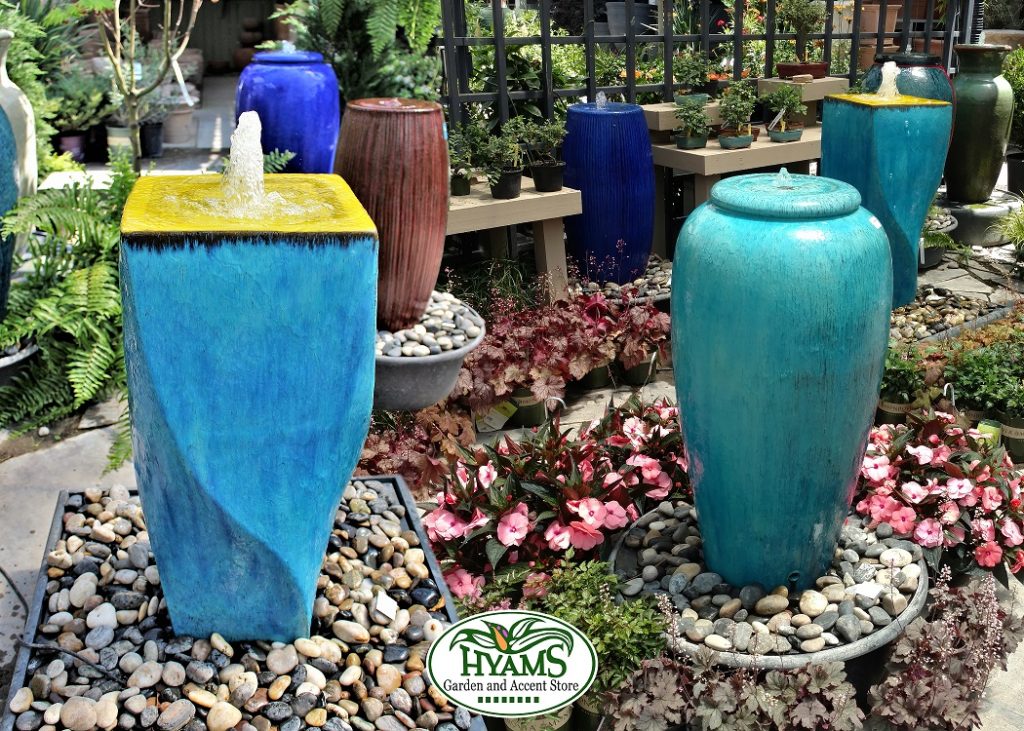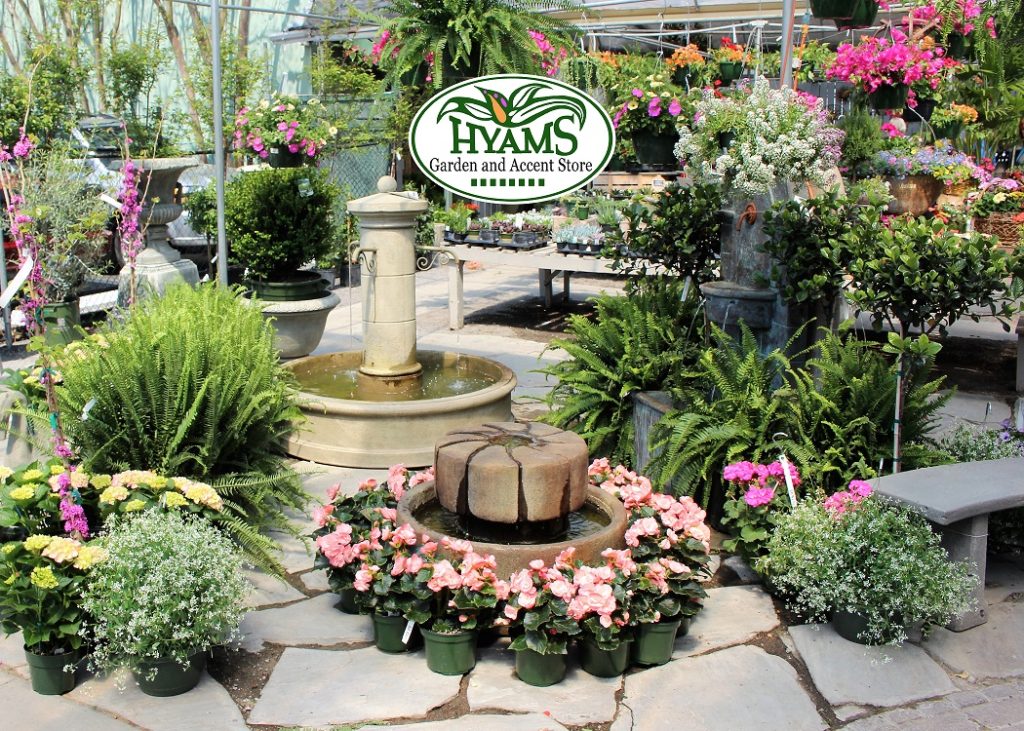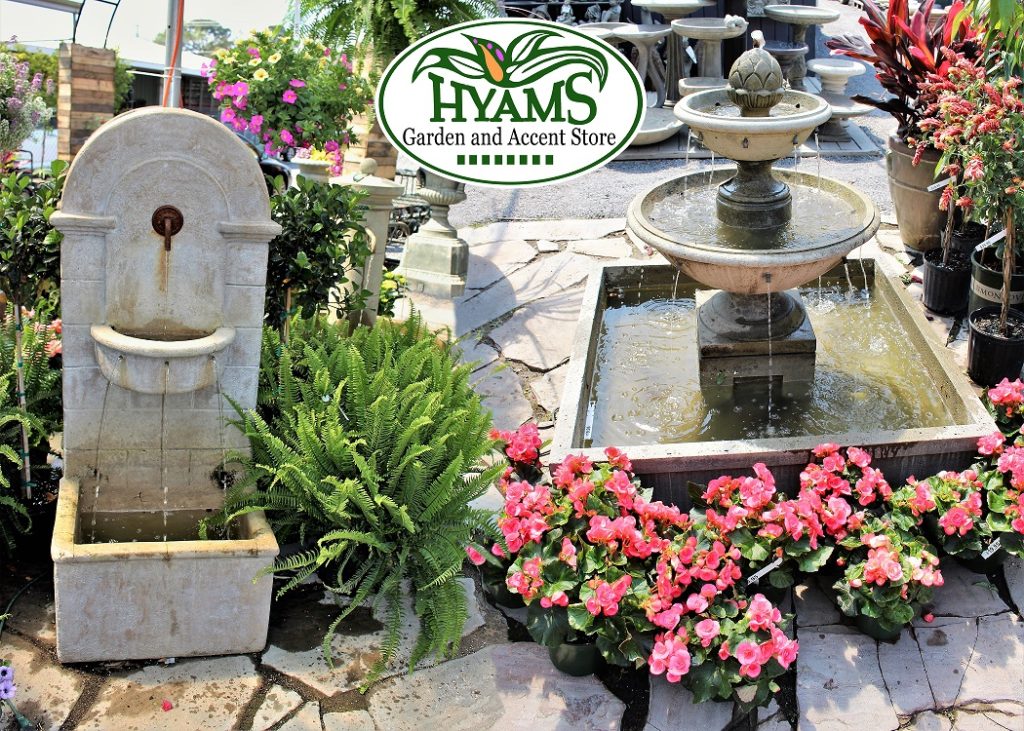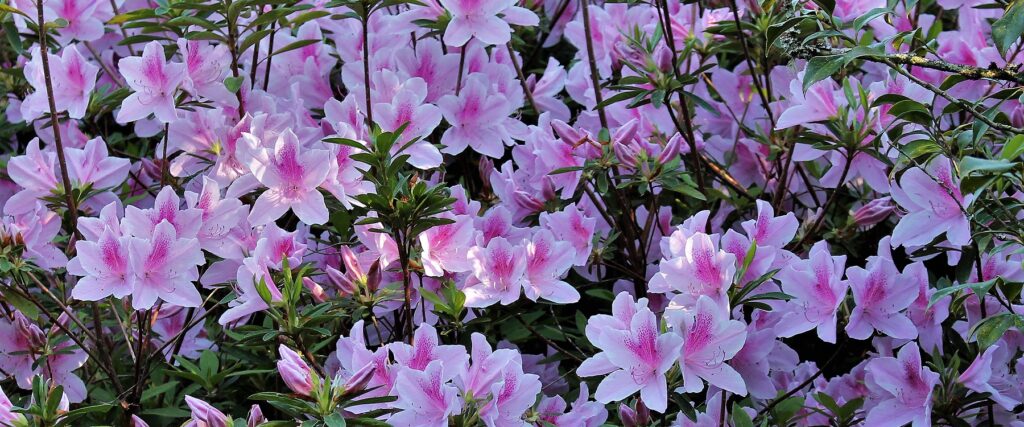It looks like spring 2021 may wait a few weeks before getting started. It is time to start planning for spring weed prevention and grass greening up. The advantage of applying a pre-emergent herbicide is that it is able to prevent the seeds of those pesky spring weeds from even getting started. Remember, DO NOT APPLY A PRE-EMERGENT HERBICIDE IF YOU PLAN TO SEED YOUR YARD. It will have the same effect on grass seed! In general terms the times to apply pre-emergent herbicides are Valentine’s Day to prevent spring weeds, Memorial Day to prevent summer weeds and Labor Day to prevent winter weeds.
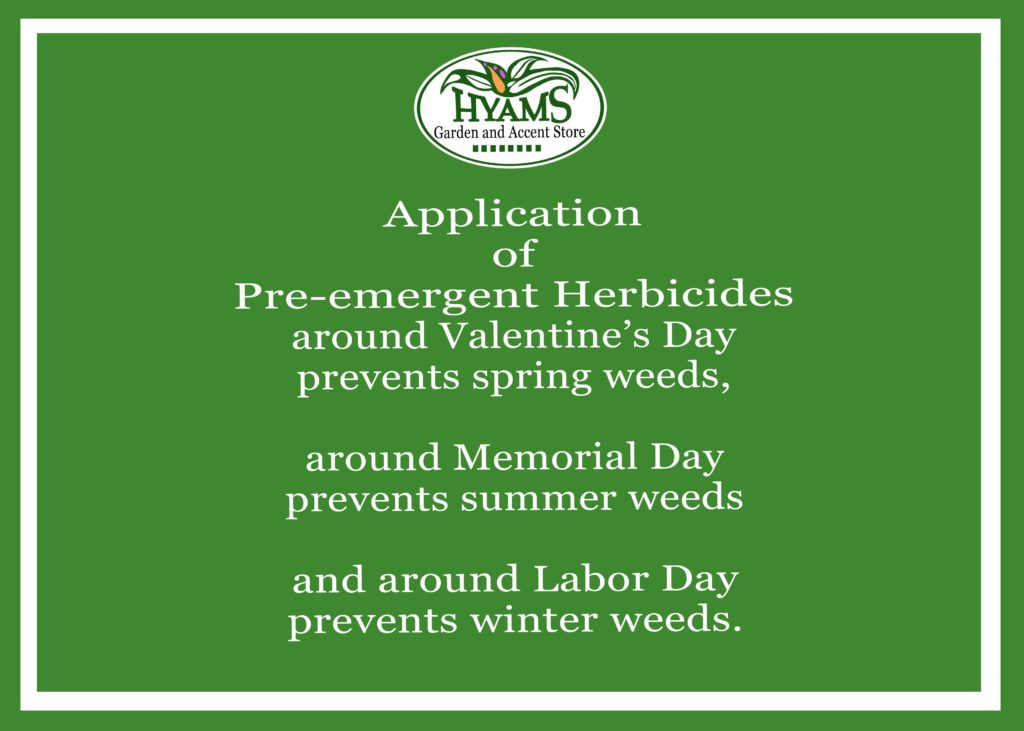
Spring application is most effective when the pre-emergent is applied as daytime temperatures reach 65-70° F for 4 consecutive days. That is usually between February 14th and March 1st. Herbicide should then be watered in with half an inch (½”) of water to activate. The type of pre-emergent to use should be based on what type of weeds you have. Scotts Halts works very well on crabgrass and other grassy weeds. The 10 lbs bag that costs $24.95 will cover up to 5000 square feet and should not be applied to landscaped beds. By the way, the Scotts product is now called WeedEx with Halts.
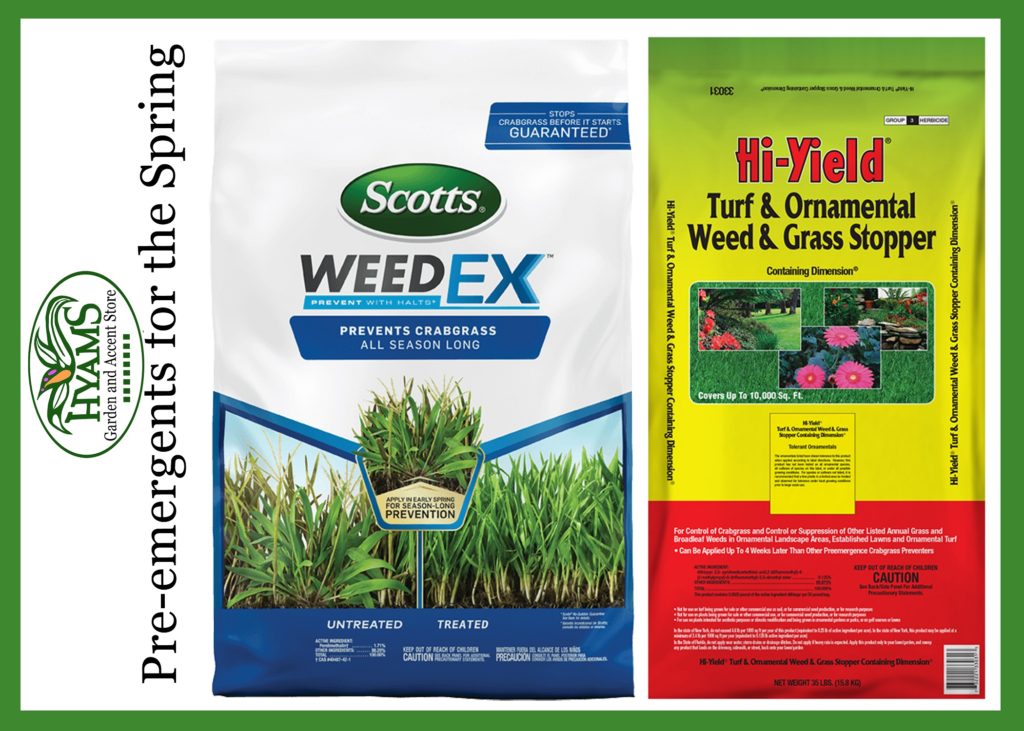
Hi-Yield Turf & Ornamental Weed & Grass Stopper works well to prevent many broadleaf and grassy weeds, including crabgrass, and can be used on landscape plants listed on the label. The 12 lbs bag that costs $14.95 will cover up to 3500 sq. ft. An organic option would be Espoma Weed Preventer made from corn gluten. A 25 lbs bag costs $39.95 and covers 1200 square feet. It has some nitrogen as a fertilizer component in it too. We have several other options, bring in pictures or samples of the problems you are dealing with when you visit Hyams Garden Center diagnostic desk and we’ll figure out the best course of action.

As you move into late March early April, you will see the warm season grasses start to green up. Please resist the urge to apply a weed and feed at that time, as the post emergent component and the high nitrogen levels could easily burn the new growth. After you have cut the grass a couple of times an application of a slow release lawn fertilizer such as Ferti-lome 15-0-15 Centipede Lawn Fertilizer will help the grass to green up slowly, not burning the new growth or contributing to fungus problems. The 20 lbs bag which costs $25.95 will fertilize up to 5000 square feet.
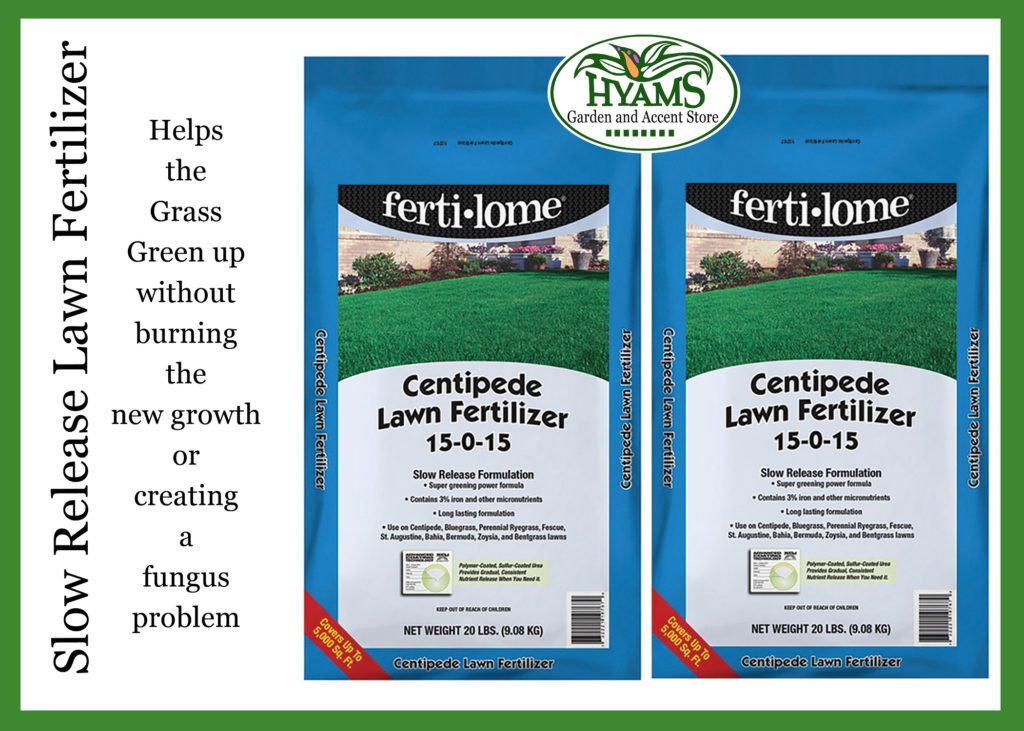
Once fully greened up and actively growing, you can apply a weed and feed such as Ferti-lome 15-0-4 St. Augustine Weed and Feed or Bayer 35-0-3 3 in 1 Weed and Feed for your Memorial Day application.

Be sure to read the labels of all these products and follow the direction carefully. Please feel free to come by, e-mail (rhowie@hyamsgardencenter.com) or call me (843-795-4570) if you have any questions or concerns. Thank you and I look forward to helping you.
By Randy Howie
